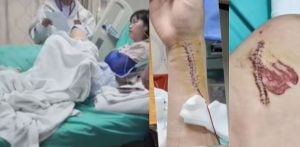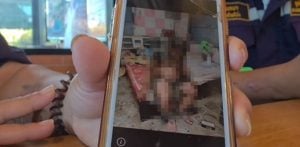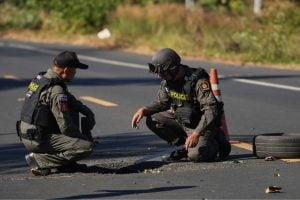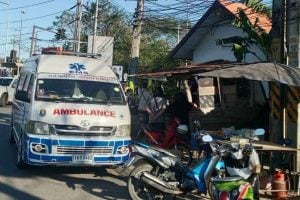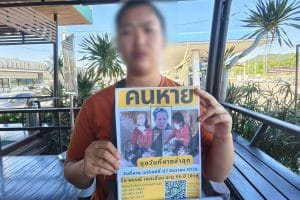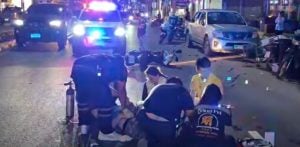Heart-stopping error: Patient sent to the wrong hospital by volunteer
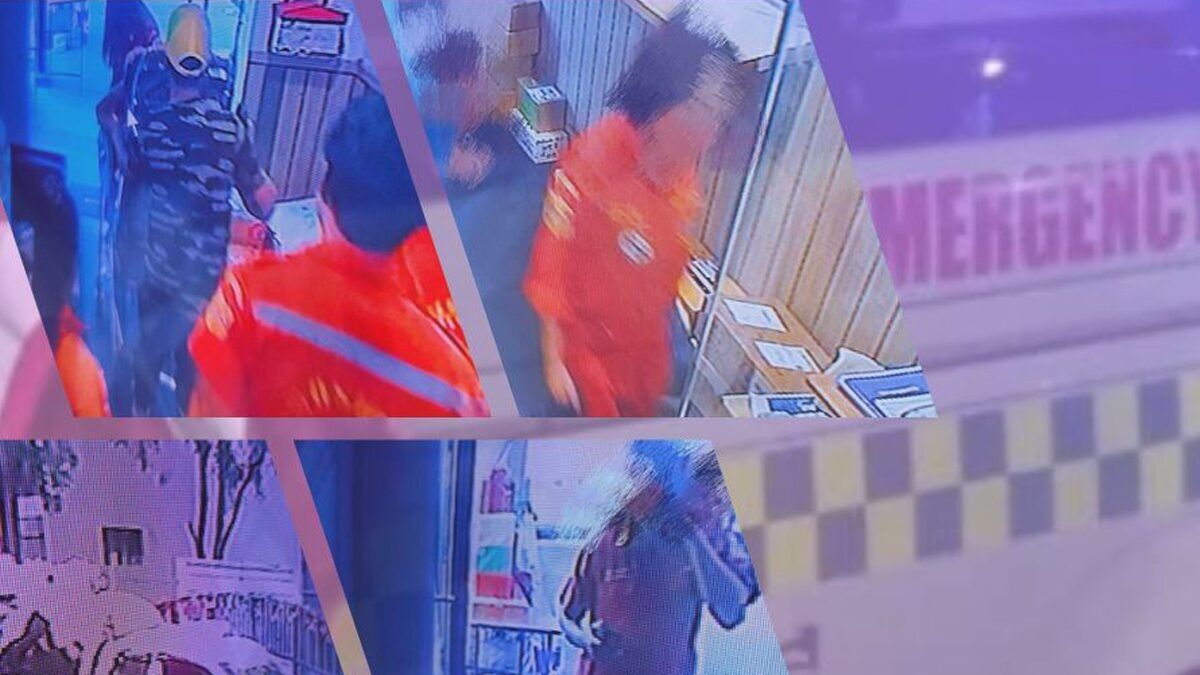
The National Institute for Emergency Medicine (NIEM) is investigating a recent incident involving a red uniform volunteer who allegedly delayed critical heart treatment by transporting a patient to the wrong hospital. The issue arose after the patient’s relatives reported an emergency on December 28 through the 1669 hotline, expecting advanced ambulance care due to the severity of the situation.
However, a volunteer in a red uniform arrived, assessed the patient’s condition, and transported him to a different hospital than the one specified by the family. The patient’s relatives had indicated that their healthcare benefits were eligible at a hospital near Victory Monument and requested that the patient be taken to a nearby facility to use these benefits under the Universal Coverage for Emergency Patients (UCEP) programme. Despite this, the volunteer took the patient to a hospital in Thonglor, where it was determined that the patient was suffering from acute myocardial ischemia, a condition beyond the hospital’s treatment capability.
The patient then had to be transferred to the designated hospital for immediate surgery, a process that took approximately two hours. This delay resulted in the patient losing a crucial window for timely heart treatment, particularly vital in cases of acute myocardial ischemia, where rapid intervention is critical.
Air Vice Marshal Dr Achariya Phangma, Secretary-General of NIEM, ordered an investigation into the incident. This includes reviewing the actions of the individuals who transported the patient and the procedures for transferring emergency patients. NIEM stated that such incidents must not happen again, as they compromise the effectiveness of emergency medical services, reported KhaoSod.
In an official statement, NIEM emphasised the importance of strict adherence to operational protocols, prohibiting any unauthorised individuals from assisting in emergency medical situations. This is to prevent behaviours that may endanger the safety of both emergency operators and patients within the national emergency medical system.
“The situation cannot be left unchecked, as it jeopardises the integrity and safety of emergency medical operations.”
Latest Thailand News
Follow The Thaiger on Google News:



